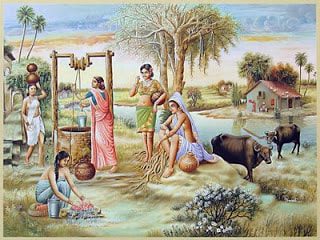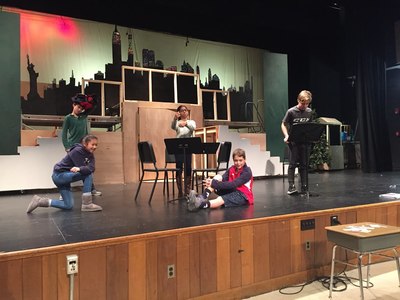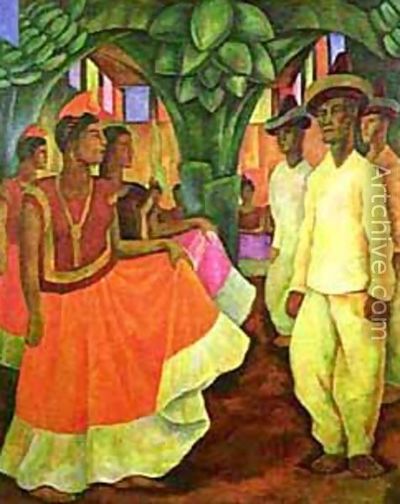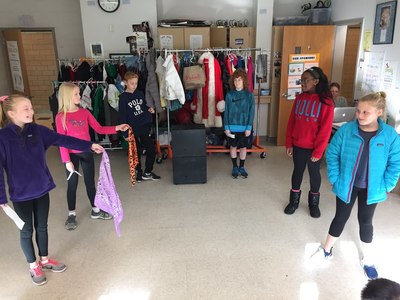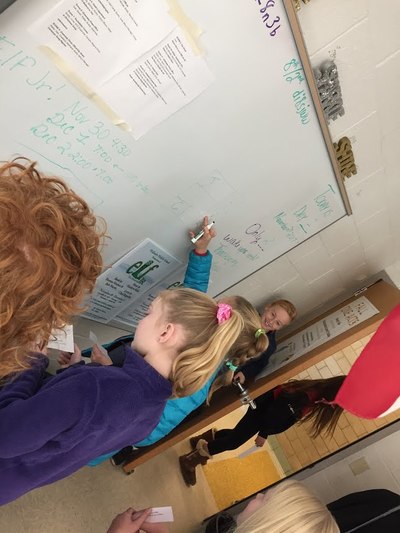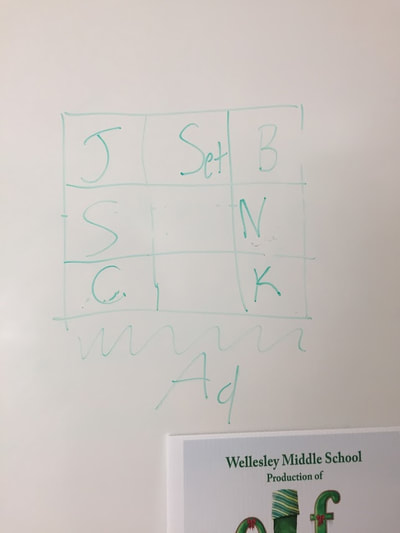Evidence: Understanding Stage Directions
|
Enduring Understanding:
Every element of a play (set, character, props, etc) are there to help tell the story Essential Questions: 1) How does a tableau tell a story through one single image? 2) How can we use sources from other cultures and art forms to inspire stories? Basic Structure: Students recreate paintings from around the world by following pre-written directions, written in stage direction language. Assessment:
Further modifications:
|
Links to other subjects:
Art - students are creating living representations of fine art, discussion pointillism, and Music - exposure to the music of Stephen Sondheim Cultural - paintings come from Europe, India, Mexico, and Korea. (Open to any cultures represented by the students) Sample Instructions: SET: Chairs or blocks all next to each other, creating a wall/railing. They are placed at an angle, from downstage left to upstage center. Person #1: Stand Center Stage Right at a high level, looking over their Stage Left shoulder, facing downstage Person #2: Stand Center Stage Right, slightly upstage of Person #1, at a high level, looking over right shoulder. Person #3: Downstage Center, facing upstage, at a low level on all fours, on a diagonal. Head is looking upstage right, feet are slightly angled towards downstage left. Person #4: Standing Downstage Left, facing stage left, at a medium level. Leaning against the set, downstage arm is on the wall, head is in the downstage hand. Person #5: Standing Upstage Center, facing upstage, at a high level. |
